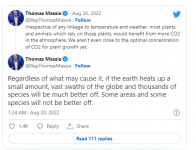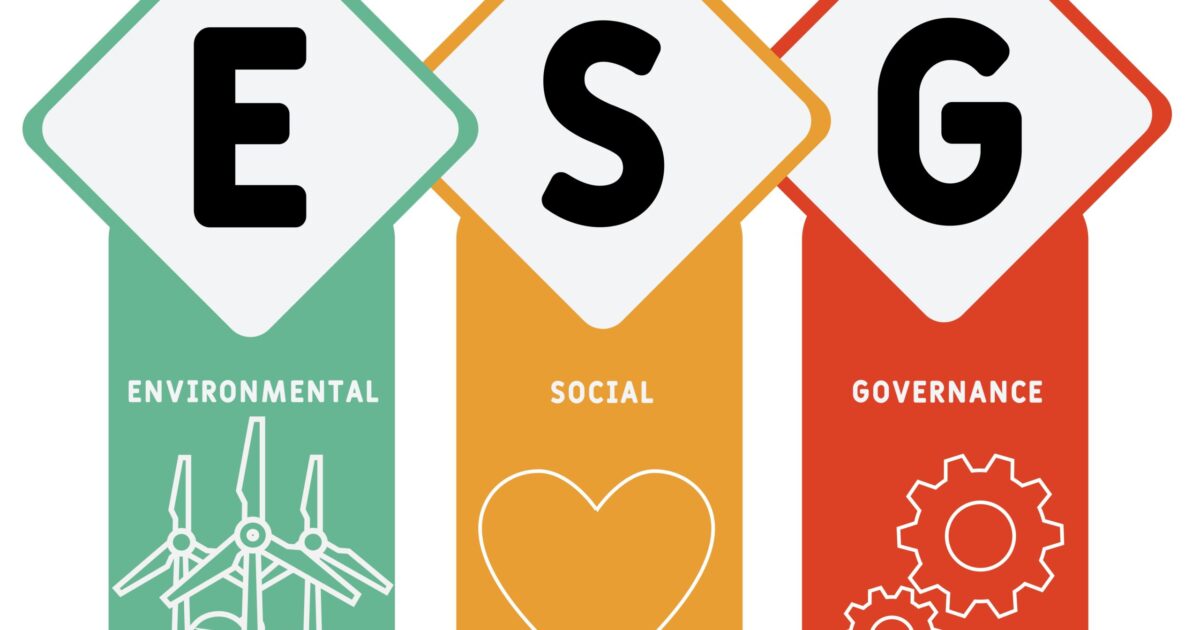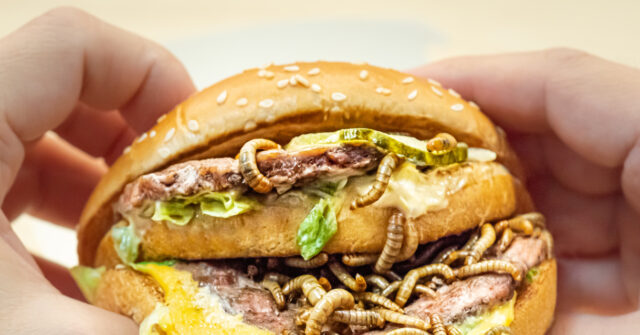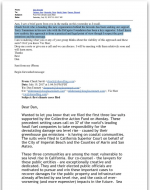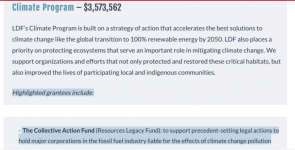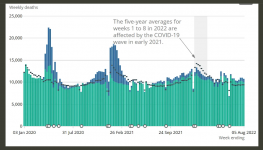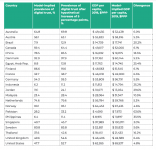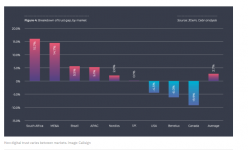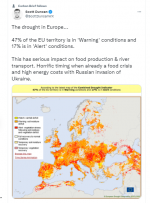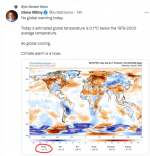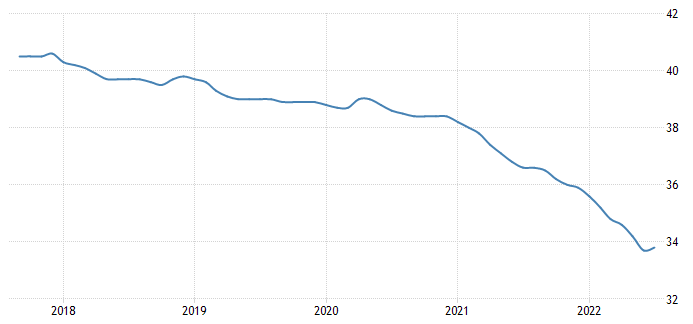marsh
On TB every waking moment
More excerpts from "Moment of Truth Summit"
There's No More In Between: "You're Either Gonna Go Down as a Traitor or a Hero" 1;04 min
Mike Lindell: "They will never be able to play the plausible deniability card ever again — any of them."
^^^^^^
'The Big Lie' Is the Biggest of Lies: John Gordon 2:27 min
"We estimate that in an election decided by 11,780 votes that there were 40,000 illegal, illegitimate, duplicate fraudulent ballots in Fulton County alone. We haven't even gotten outside of Atlanta yet!"
^^^^^
More Votes Than VOTERS in Pennsylvania: "You Don't Certify Until This Is Investigated and Certified" 4:28 min
Attorney Kurt Olsen: "What isn't known is that on November 24 [2020], when Secretary Boockvar certified that vote, there were over 700,000 more votes than people who were recorded in this voting. The excuse was that the counties had not finished reporting, and there was a delay. That was their excuse..."
^^^^

 rumble.com
1:18 min
rumble.com
1:18 min
Jenna Ellis: "The reason that Mike is here doing this is because he cares about this country, and he cares first and foremost about our Lord and Savior, Jesus Christ, and the truth!
^^^
“This Doesn’t Make Sense!” - How They Stole Antrim County, Michigan 9:54 min
The audit didn’t reveal a 12-vote swing; it really was a 7,060-vote swing for Trump.
^^^^
Mike Lindell: The Only Way the Moment of Truth Summit Fails Is If People Don't Watch .52 min
^^^^^^^
Caught on Video: Auditor Harri Hursti DELETES Memory Card During Windham, New Hampshire Audit .47 min
There's No More In Between: "You're Either Gonna Go Down as a Traitor or a Hero" 1;04 min
There's No More In Between: "You're Either Gonna Go Down as a Traitor or a Hero"
Red Voice Media Published August 20, 2022Mike Lindell: "They will never be able to play the plausible deniability card ever again — any of them."
^^^^^^
'The Big Lie' Is the Biggest of Lies: John Gordon 2:27 min
'The Big Lie' Is the Biggest of Lies: John Gordon
Red Voice Media Published August 20, 2022"We estimate that in an election decided by 11,780 votes that there were 40,000 illegal, illegitimate, duplicate fraudulent ballots in Fulton County alone. We haven't even gotten outside of Atlanta yet!"
^^^^^
More Votes Than VOTERS in Pennsylvania: "You Don't Certify Until This Is Investigated and Certified" 4:28 min
More Votes Than VOTERS in Pennsylvania: "You Don't Certify Until This Is Investigated and Certified"
Red Voice Media Published August 20, 2022Attorney Kurt Olsen: "What isn't known is that on November 24 [2020], when Secretary Boockvar certified that vote, there were over 700,000 more votes than people who were recorded in this voting. The excuse was that the counties had not finished reporting, and there was a delay. That was their excuse..."
^^^^

Mike Lindell Receives a Standing Ovation for His Unrelenting Courage to Get to the Bottom of the 2020 Election
Jenna Ellis: "The reason that Mike is here doing this is because he cares about this country, and he cares first and foremost about our Lord and Savior, Jesus Christ, and the truth! And so few people
Mike Lindell Receives a Standing Ovation for His Unrelenting Courage to Get to the Bottom of the 2020 Election
Red Voice Media Published August 20, 2022Jenna Ellis: "The reason that Mike is here doing this is because he cares about this country, and he cares first and foremost about our Lord and Savior, Jesus Christ, and the truth!
^^^
“This Doesn’t Make Sense!” - How They Stole Antrim County, Michigan 9:54 min
“This Doesn’t Make Sense!” - How They Stole Antrim County, Michigan
Red Voice Media Published August 20, 2022The audit didn’t reveal a 12-vote swing; it really was a 7,060-vote swing for Trump.
^^^^
Mike Lindell: The Only Way the Moment of Truth Summit Fails Is If People Don't Watch .52 min
Mike Lindell: The Only Way the Moment of Truth Summit Fails Is If People Don't Watch
Red Voice Media Published August 20, 2022^^^^^^^
Caught on Video: Auditor Harri Hursti DELETES Memory Card During Windham, New Hampshire Audit .47 min












